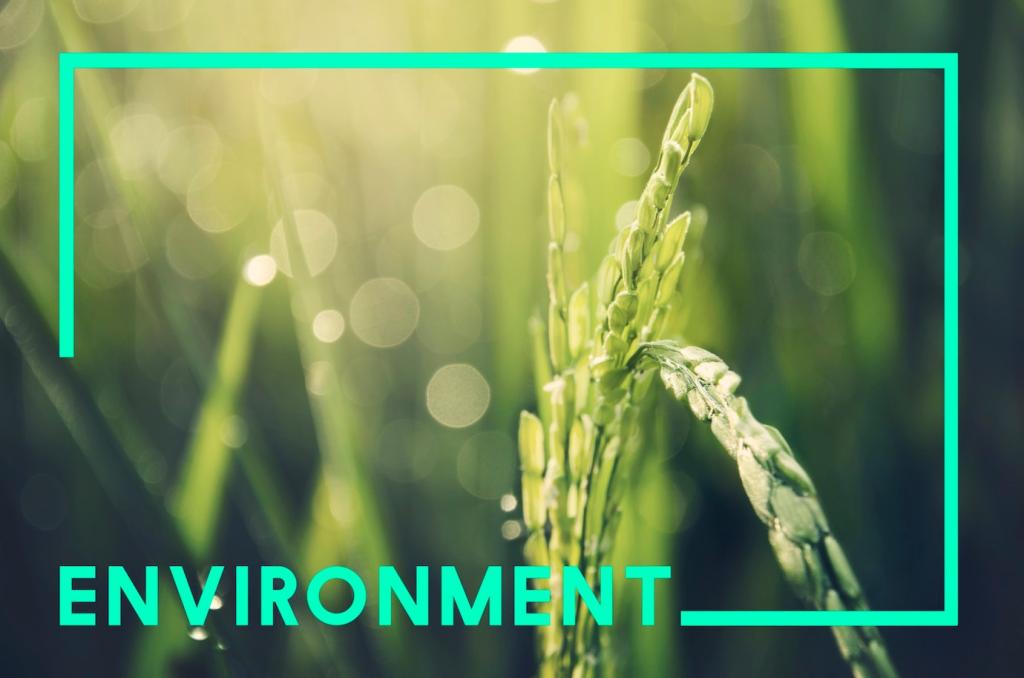Eco-Friendly Building Materials
Eco-friendly building materials represent the future of sustainable construction by minimizing environmental impact while providing durable and efficient solutions. With the construction industry being a significant contributor to global emissions, the shift towards greener materials is essential for a sustainable tomorrow. These innovative materials reduce waste, conserve energy, and use renewable resources whenever possible. Embracing eco-friendly options in building design and renovation can improve indoor air quality, enhance energy efficiency, and result in cost savings over the building’s lifespan. This page explores the principles, types, and benefits of eco-friendly building materials, as well as their challenges, adoption trends, and future prospects.
Principles of Eco-Friendly Building Materials

Types of Eco-Friendly Building Materials
Benefits for the Environment
Conservation of Natural Resources
Waste Reduction
Lower Pollution Levels
High-Performance Insulation
Smart Window Technologies
Reflective and Green Roofing

Long-Term Cost Savings

Increased Property Value

Eligibility for Financial Incentives
Challenges and Limitations
Upfront Cost Perception
Availability and Supply Chain Gaps
Awareness and Expertise
Innovations in Sustainable Construction
Bio-Based Building Materials
3D Printing and Prefabrication
Carbon-Sequestering Products

